Clare Goodrick-Clarke - Alchemical Medicine for the 21st Century: Spagyrics for Detox, Healing, and Longevity
Here you can read online Clare Goodrick-Clarke - Alchemical Medicine for the 21st Century: Spagyrics for Detox, Healing, and Longevity full text of the book (entire story) in english for free. Download pdf and epub, get meaning, cover and reviews about this ebook. year: 2010, publisher: Inner Traditions/Bear & Company, genre: Religion. Description of the work, (preface) as well as reviews are available. Best literature library LitArk.com created for fans of good reading and offers a wide selection of genres:
Romance novel
Science fiction
Adventure
Detective
Science
History
Home and family
Prose
Art
Politics
Computer
Non-fiction
Religion
Business
Children
Humor
Choose a favorite category and find really read worthwhile books. Enjoy immersion in the world of imagination, feel the emotions of the characters or learn something new for yourself, make an fascinating discovery.

- Book:Alchemical Medicine for the 21st Century: Spagyrics for Detox, Healing, and Longevity
- Author:
- Publisher:Inner Traditions/Bear & Company
- Genre:
- Year:2010
- Rating:4 / 5
- Favourites:Add to favourites
- Your mark:
Alchemical Medicine for the 21st Century: Spagyrics for Detox, Healing, and Longevity: summary, description and annotation
We offer to read an annotation, description, summary or preface (depends on what the author of the book "Alchemical Medicine for the 21st Century: Spagyrics for Detox, Healing, and Longevity" wrote himself). If you haven't found the necessary information about the book — write in the comments, we will try to find it.
Contains detailed indications for using alchemical preparations therapeutically
Shows how the essences work holistically to heal the mind, body, and spirit with the energetic qualities of the plant
Provides effective therapy for a wide range of physical and mental disorders
Spagyrics is a branch of medicinal alchemy that enhances the healing properties already existing in plants. Developed by Paracelsus, the magus and alchemist of the early 16th century, spagyrics is a holistic therapy that promotes healing at all levels of the human beingbody, soul, and spirit.
Spagyric essences harness the dynamic life force in plants that triggers recovery from the energetic imbalance of illness. The harmonizing and balancing qualities of spagyric essences differ from other plant remedies and aromatherapy oils because they not only include the plants energetic information but also incorporate the salt of the plant, from which all toxic matter has been purged. The preparation of this alchemical medicine makes it possible to capture the full therapeutic spectrum of plants, including the cosmic energies they have absorbed.
Alchemical Medicine for the 21st Century contains detailed indications for using these alchemical preparations to treat both physical and mental disorders. The author shows, for example, that the tincture made from dandelion is especially potent on liver-related ailments and also raises the spirit and frees the patient from anger and bitterness. The immune system is also boosted by this essence, providing tonic effects for allergy sufferers. The author, a homeopath since 2000, also shows how these spagyric essences can be potentized homeopathically.
Clare Goodrick-Clarke: author's other books
Who wrote Alchemical Medicine for the 21st Century: Spagyrics for Detox, Healing, and Longevity? Find out the surname, the name of the author of the book and a list of all author's works by series.

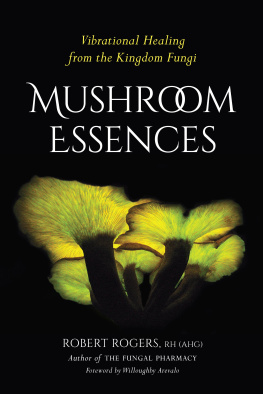
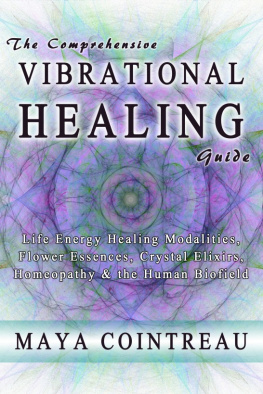
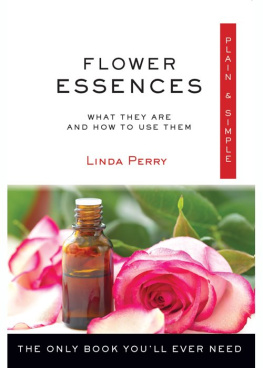
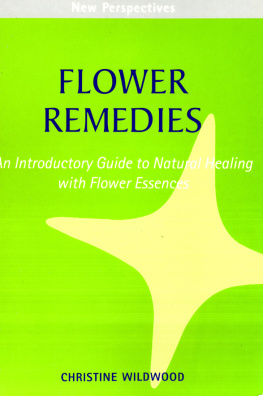

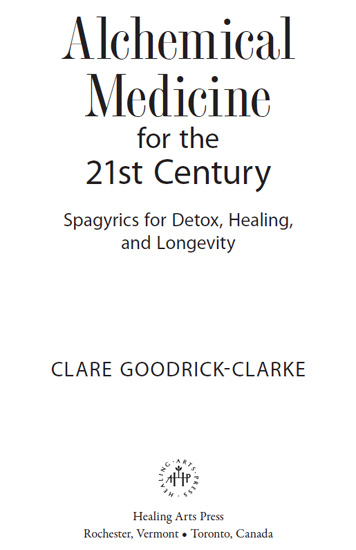

 z in the Czech Republic under the instruction of Manfred Junius, I thank Michal Pober, founder of the Alchemical Museum in Kutn Hora; Brian Cotnoir for his humor, immense knowledge, and inspiration; Paul Carpenter, Art Kompolt, Steve Kalec, Guy Ogilvy, Mike Dickman, and all the other participants for friendship, wit, and wisdom.
z in the Czech Republic under the instruction of Manfred Junius, I thank Michal Pober, founder of the Alchemical Museum in Kutn Hora; Brian Cotnoir for his humor, immense knowledge, and inspiration; Paul Carpenter, Art Kompolt, Steve Kalec, Guy Ogilvy, Mike Dickman, and all the other participants for friendship, wit, and wisdom.